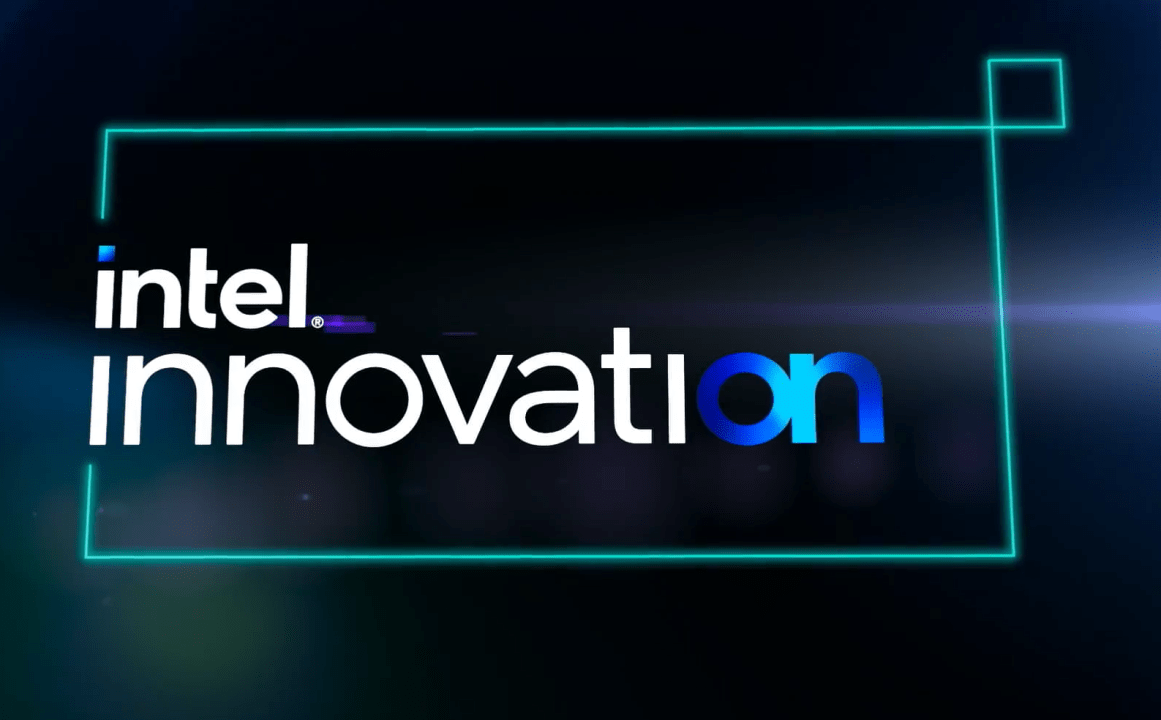
The first of the two days of Intel Innovation opens with the presentation of the thirteenth generation processors, the Developer Cloud extension, the Intel Geti computer vision platform, and a greater choice of graphics
On the occasion of the second edition of the annual event Intel Innovationthe developers of hardware e software, came together to announce the most recent steps towards creating an ecosystem based on the principles of openness, choice and reliability, from the promotion of open standards to make “chip systems” possible already at the silicon level, up to enable artificial intelligence multi-architecture efficient and portable.
Also, it is shown new hardware, software and targeted services to help the ecosystem of developers overcome the challenges they face and to deliver new generations of innovative products.
Pat Gelsinger’s words
Pat GelsingerCEO of Intel, said:
In the next decade we will see a generalized and continuous digitization. Five fundamental technological superpowers – computing power, connectivity, infrastructure, artificial intelligence and sensing – will shape the way we experience the world. Developers, focused on both software and hardware, will build this future. They are the true magicians who carry out what is possible. Promoting this open ecosystem is at the heart of our transformation, and the developer community is essential to our success.
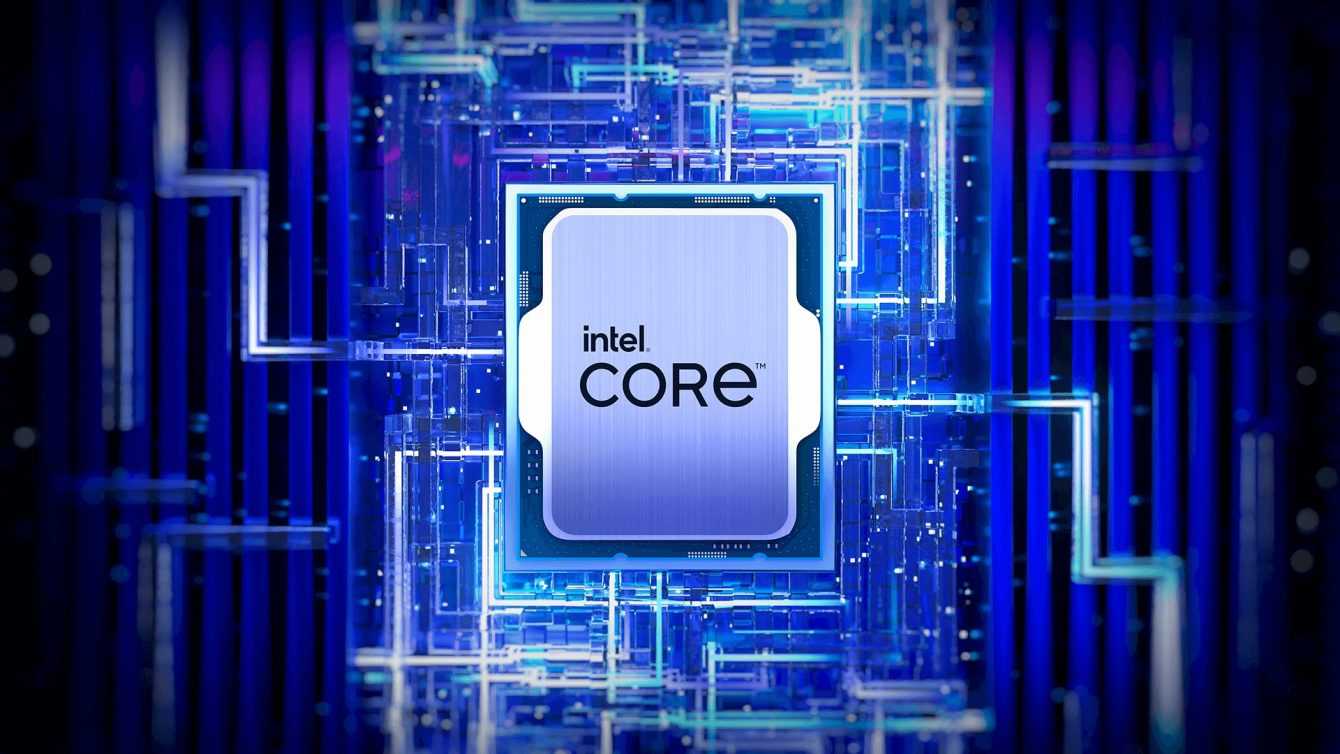
Improve developer productivity with new hardware and simplified AI
In his keynote address of the event, Gelsinger presented a series of challenges, that developers they face, vendor lock-in, access to the latest hardware, productivity and time-to-marketsecurity, just to name a few and, has presented multiple solutions to overcome them, including:
- New and future technologies just a click away in the Intel Developer Cloud: Starting with a limited beta, Developer Cloud has been expanded to offer developers and partners fast and efficient access to Intel technologies, starting a few months up to a full year before product availability. During the beta tests, selected customers and developers can test the fourth generation Xeon scalable processors (Sapphire Rapids), the Xeon D processors (Ice Lake D), the Habana Gaudi2 Deep Learning accelerators, the GPU Data Center (codenamed Ponte Vecchio ) and the Data Center GPU Flex series.
- AI-based computer vision, faster and easier: Geti’s new collaborative computer vision platform (formerly “Sonoma Creek”) enables anyone in the company, from data scientists to domain experts, to develop effective AI models quickly and easily. Through a single interface for data upload, annotation, model training and retraining, Intel Geti reduces the time, demand for AI skills and costs required to develop models. With built-in optimizations for OpenVINO, developers can implement high-quality artificial intelligence within their companies to drive innovation, automation and productivity.
Developer Cloudalong with developer tools and resources designed to optimize performance, including toolkit oneAPI and, the Geti platform, help accelerate time-to-market for solutions based on Intel platforms.
An expanded solution portfolio offers flexibility and choice
Gelsinger, also showcased the latest advancements from Intel’s product portfolio, including:
- A new performance standard for desktop processors: 13th Generation Intel Core desktop processors, Core i9-13900K at the forefront, help people play, create and work better with up to 15% improvement in single-thread performance and up to 41% multi-thread performance thread compared to the previous generation.
- A big step forward for GPUs: Gelsinger has provided updates on Intel’s graphics, a key growth area for the company. Intel Data Center GPU blade servers, codenamed Ponte Vecchio, were supplied to Argonne National Laboratory for the Aurora supercomputer.
- New workloads for Flex Series GPUs: Flex Series Data Center GPU, announced last August, offers users a single solution for a wide range of visual cloud workloads. From now on it supports commonly used AI and deep learning infrastructures, including OpenVINO, TensorFlow and PyTorch. AI-based neuroscience company Numenta, working in partnership with Stanford University on real-world inference workloads based on data collected from MRI data, is achieving outstanding results thanks to the performance of the Flex Series GPUs.
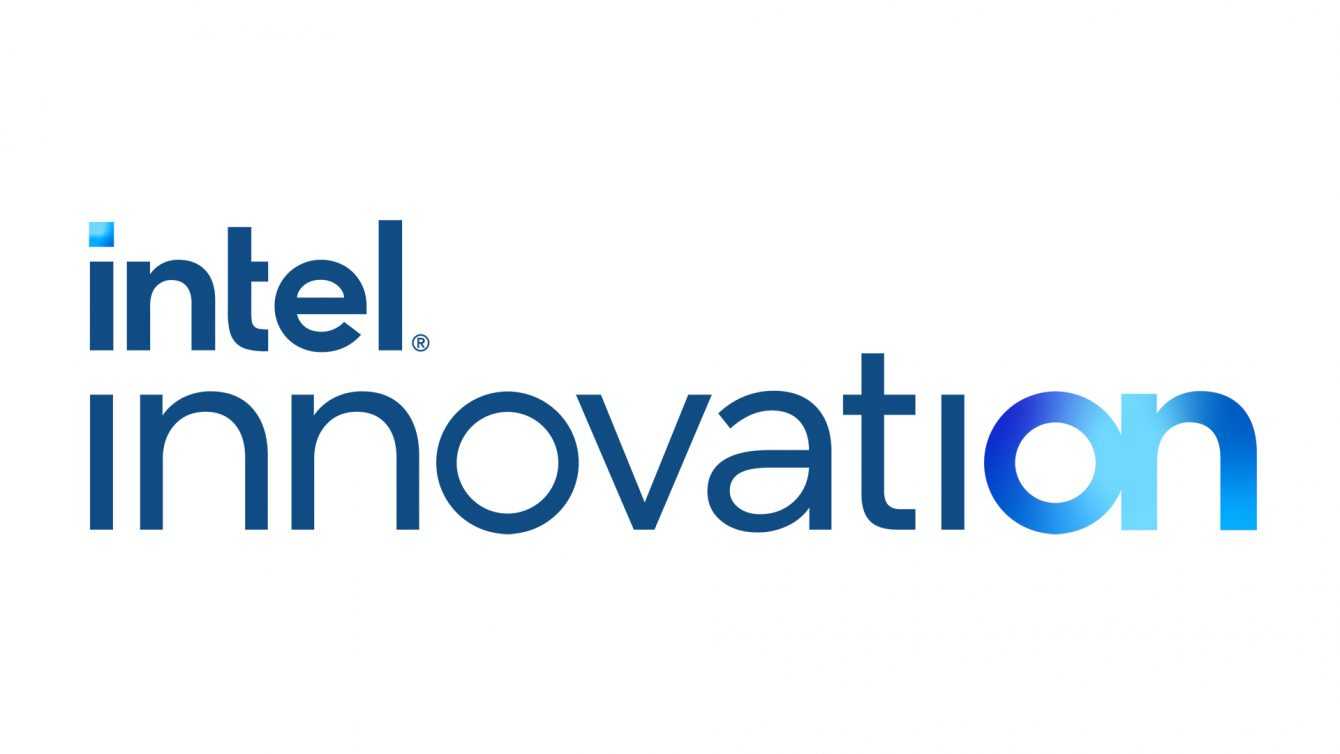
Four more points
- GPU Intel Arc per gamer: Intel is committed to restoring the balance between price and performance for gamers with the graphics family. The Arc A770 GPU will be available on October 12 in numerous versions starting at a price of $ 329, offering the ability to create compelling content and gaming performance at 1440p.
- An AI-based high-fidelity enhancement for video games: XeSS, or Xe Super Sampling, a game performance accelerator that works with both discrete and integrated Intel graphics, is now available as an update for existing titles and will be available in more than 20 titles this year. The XeSS SDK is now also available on GitHub.
- Multiple devices, one experience: Intel Unison is a new software solution that provides seamless connectivity between smartphones (Android and iOS) and PCs, starting with features including file transfer, text messaging, phone calls and phone notifications, arriving on new laptops starting at the end of the year.
- Acceleration of data centers on demand: Generation Intel Xeon Scalable processors include a host of AI accelerators, analytics, networking, storage, and other demanding workloads. Through the new Intel® On Demand activation model, users can activate additional accelerators, in addition to the basic configuration of the original SKU, for greater flexibility and choice when needed.
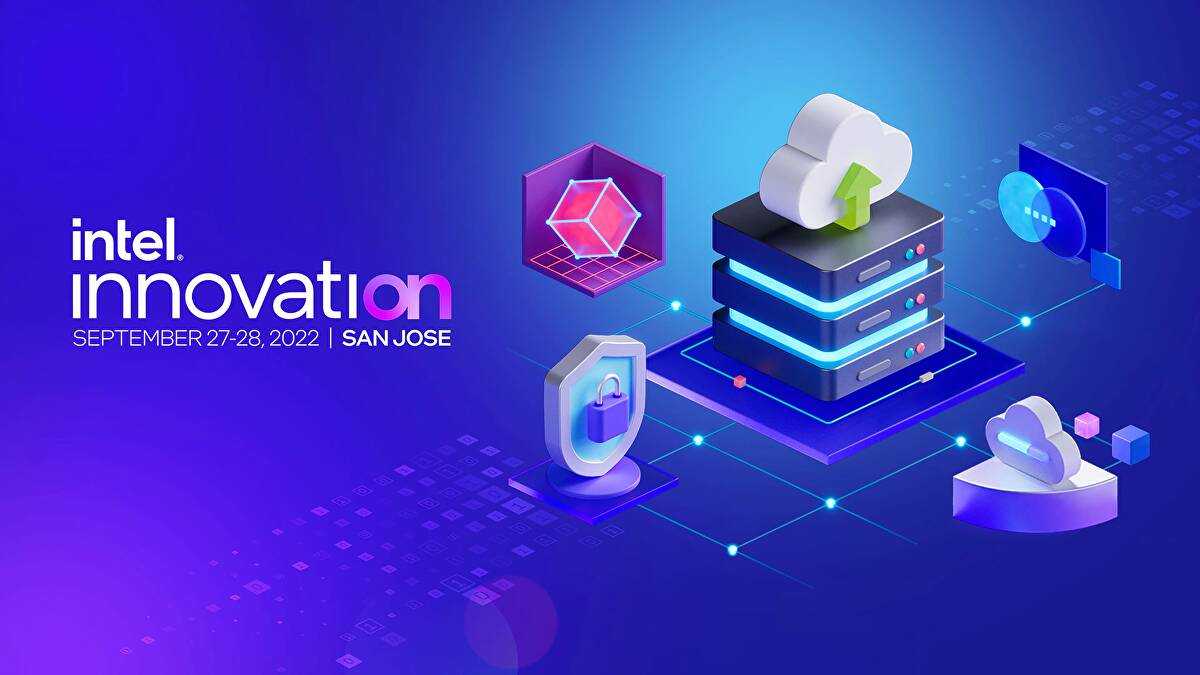
Systems Foundry Kicks Off “New Era in Chip Manufacturing”
Leader of Samsung e TSMC, joined Gelsinger in his keynote to support the Universal Chiplet Interconnect Express (UCIe) consortium, which aims to create an open ecosystem to allow chiplets designed and manufactured on different process technologies by different vendors to work together when integrated with advanced technologies of packaging. With the three major chip makers and more than 80 companies leaders in the semiconductor industry who joined UCIe.
Gelsinger’s words
Intel and Intel Foundry Services will usher in the era of systems foundry, with four major components: wafer manufacturing, packaging, software, and an open ecosystem for chiplets. “Innovations that were once thought impossible have opened up entirely new possibilities in chip manufacturing.
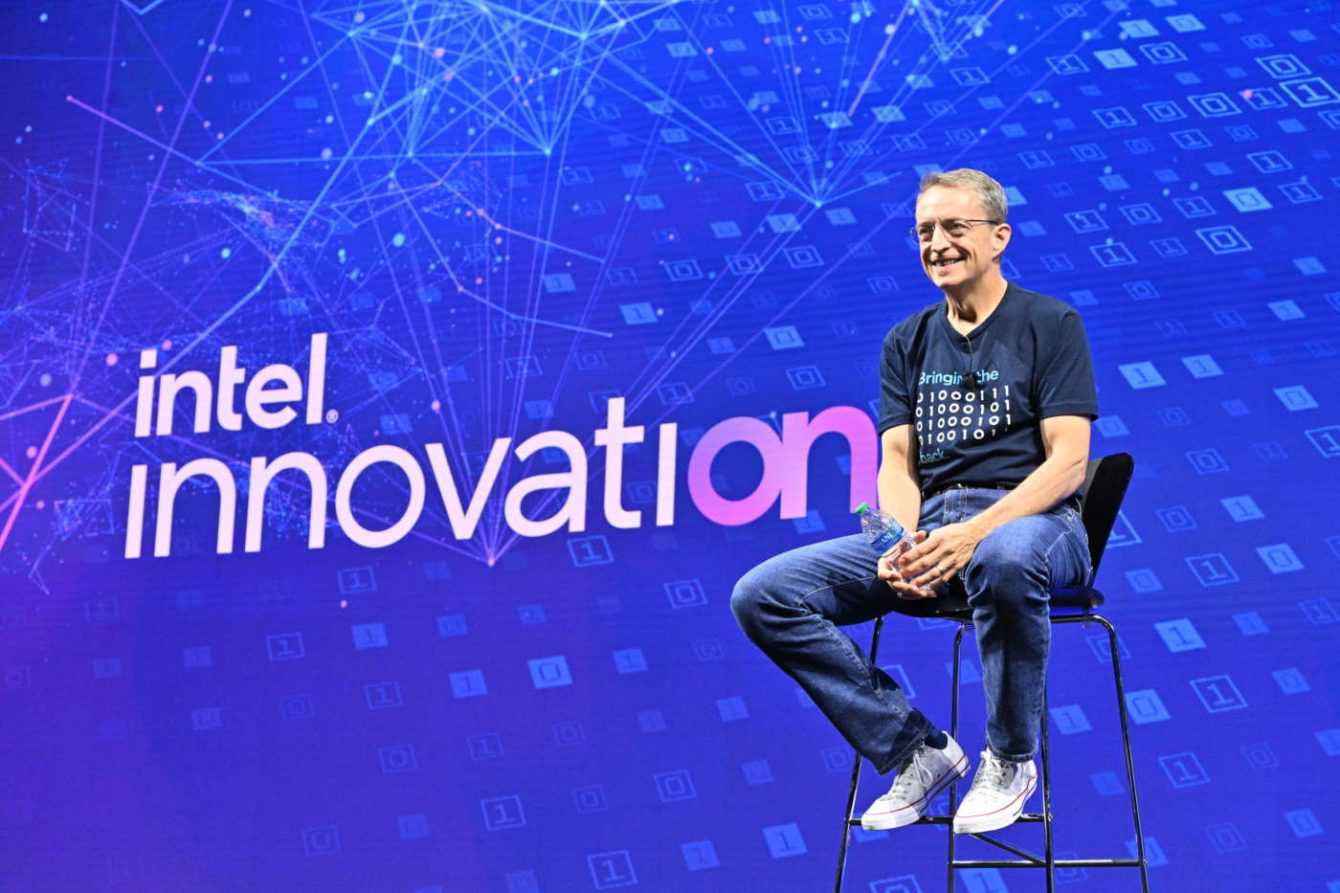
Pluggable co-package photonics solution
Intel premiered another innovation under development: a revolutionary fotonica co-package pluggable. Optical connections promise new levels of bandwidth in connections from chip a chipparticularly in data centers, but production difficulties make them unsustainable.
To overcome this, Intel researchers have devised a robust, high-performance, glass-based solution with a pluggable connector that simplifies manufacturing and reduces costs, opening up possibilities for new systems and chip package architectures in the future.
IFS Innovation Fund
Building the future requires software, tools and products, and it also requires funding. Earlier this year, Intel launched theIFS Innovation Fund, of a billion dollars to support the startups and companies claim that they create disruptive technologies for the ecosystem of foundry.
The company announced the recipients of the first round of funding, a diversified group that is innovating across the entire semiconductor industry. Between these:
- A week– A leader in data and memory connectivity solutions specifically designed to remove data center performance bottlenecks.
- Movellus: which helps improve System on Chip (SoC) performance and power consumption, simplifying closing times thanks to a single platform that solves clock distribution problems.
- SiFive: which develops high-performance cores based on the open source RISC-V instruction set architecture.
What do you think of these tools that Intel provides developers to solve challenges? Let us know below in the comments. Don’t forget to follow us on our Instagram page, on all our other social networks and to stay connected on TechGameWorld.com.
The Intel article gives developers the tools to solve the challenges comes from TechGameWorld.com.











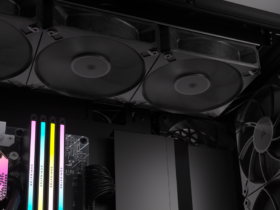



Leave a Reply
View Comments